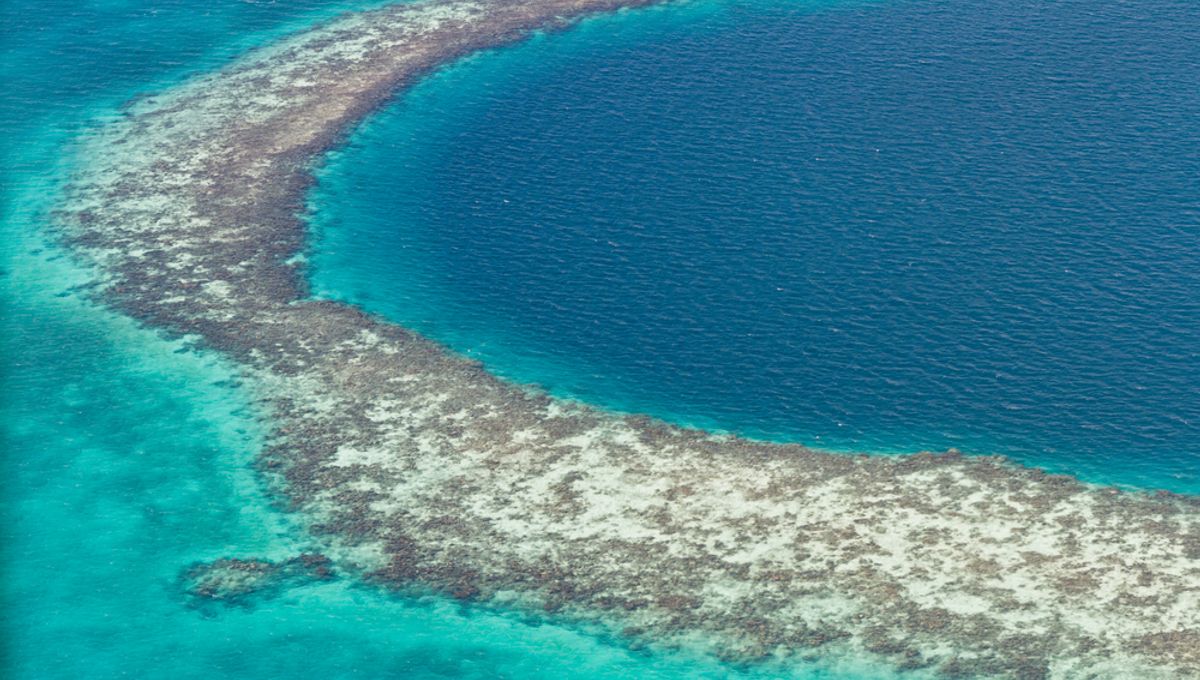
The second-deepest blue hole in the world has been discovered in the bay of Chetumal in Mexico. With a depth of 274 meters (899 feet), this massive marine cavern has been named Taam ja’, which means “deep water” in the Mayan language.
Scientists from the Colegio de la Frontera Sur first discovered the blue hole in September 2021, but they have recently released a study about the find.
Using scuba dives, water samples, and eco-sound surveys, their work suggests the blue hole has a surface area of 13,690 square meters (147,357 square feet) and features very steep sides with 80-degree slopes. Its mouth is just under 5 meters (16 feet) below sea level, where the water changes significantly with temperature and salinity gradients.
In terms of depth, it’s second only to one found in Sansha Yongle, China, which has a depth of 300 meters (984 feet). However, the new blue hole is notably deeper than the famous Great Blue Hole off the coast of Belize, which is 125 meters (410 feet) deep.
It was found off the southeastern coast of Mexico’s Yucatán Peninsula, the place where the notorious dinosaur-killing asteroid struck 66 million years ago. This is part of the corner that’s full of fascinating geology, like the world’s biggest underwater cave called Sistema Sac Actun.
The researchers who discovered Taam ja’ say that follow-up studies should look to analyze the microbial diversity of the waters and understand what kind of life lives here. Studying the structure and geology of the blue hole could also shine some light on the environment and climate of the distant past.
After all, blue holes like this were formed during the last Ice Age when sea levels were over 100 meters (330 feet) lower than the present-day. They would have started life as a limestone cave, but as the seawater rose, it flooded and the ceiling collapsed to form a marine cavern.
Scientists have even discovered fossils of prehistoric creatures, like tortoises and crocodiles, embedded in similar blue holes. They are also known to be bustling habitats for living creatures too, including corals, sea turtles, and sharks, not to mention a wealth of unique microbial life.
Who knows what wonders are held in Taam ja’, but it’s sure to offer up some discoveries. Let’s just hope they don’t find any plastic trash down there.
The study is published in the journal Frontiers in Marine Science.
Source Link: World's Second-Deepest Blue Hole Discovered Off Mexico's Coast